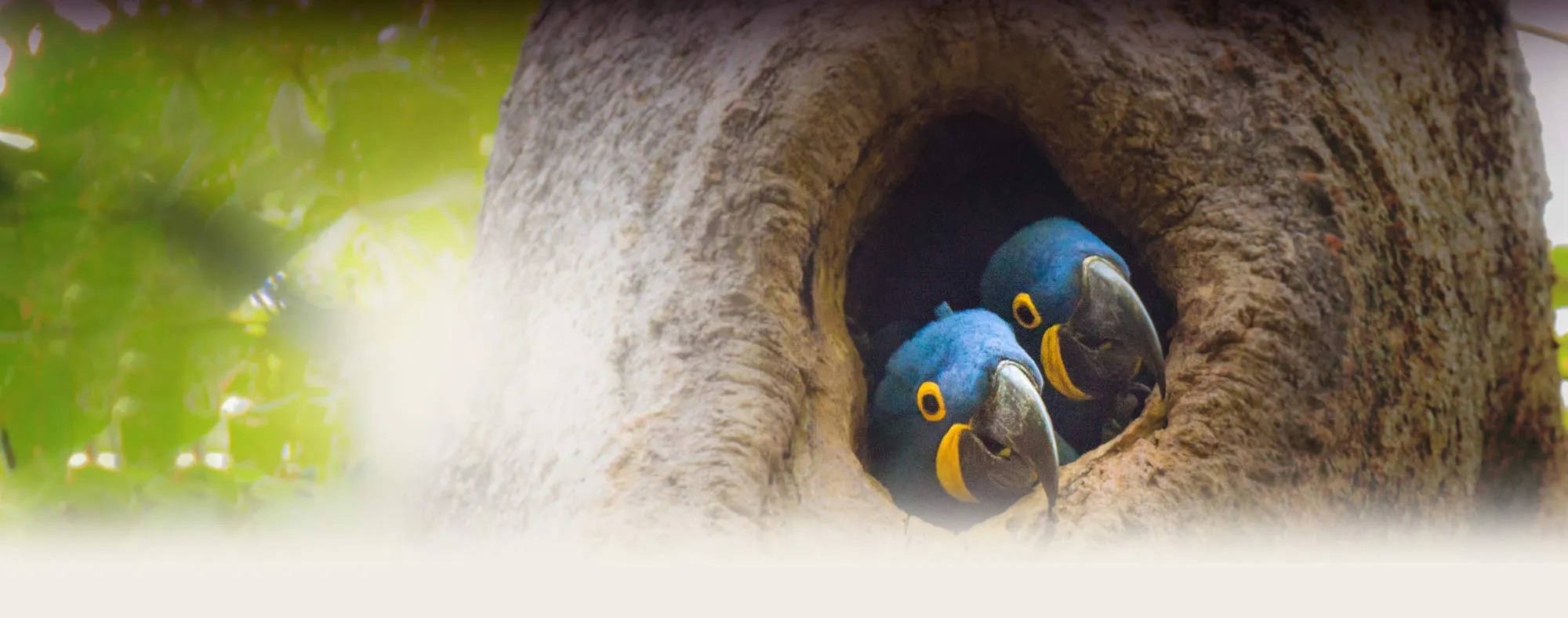Owning a cockatiel brings joy to many first-time bird owners, but after a couple of years, you might wonder about adding a companion bird for your cockatiel. If you’re considering what bird to buy as a companion for your cockatiel while keeping them in separate cages, you’re on the right track for responsible pet bird care. This guide explores safe options, expert advice, and essential tips to ensure both birds thrive, drawing from avian specialists and real owner experiences.
 Bird community image showing various pet birds interacting in an aviary setting
Bird community image showing various pet birds interacting in an aviary setting
Understanding Companion Birds for Cockatiels
Cockatiels are affectionate, small parrots known for their whistling and playful nature, making them ideal for beginners. As social creatures, they bond strongly with their human companions, but introducing another bird can enrich your household—provided you prioritize safety. Veterinary experts from the Association of Avian Veterinarians emphasize that birds in separate cages reduce stress, aggression, and disease transmission risks like psittacosis or avian flu.
The key is recognizing that you remain the primary companion. Birds may vocalize across cages or ignore each other entirely, which is normal. A study by the American Veterinary Medical Association (AVMA) notes that multi-bird households succeed when each pet gets individual attention, preventing jealousy or neglect. For your two-year-old cockatiel, upgrading to a “bigger” bird isn’t necessary; compatibility matters more than size.
Top Bird Options as Companions for Cockatiels
Since cages will stay separate, flexibility is high. Here’s a breakdown of suitable companions, based on temperament, size, and care needs similar to cockatiels.
Another Cockatiel: The Easiest Match
Opting for a second cockatiel mirrors your current setup, minimizing learning curves. These birds share diet preferences (pellets, seeds, fresh veggies) and activity levels. Owners report they chirp back-and-forth entertainingly, fostering a lively environment without physical interaction.
Pros: Familiar care routine; low risk of beak strength mismatch.
Cons: Potential for excessive vocalizing if not managed.
Expert tip: Choose a bird of similar age and sex to avoid hormonal issues, as advised by avian behaviorist Dr. Irene Pepperberg.
Green-Cheeked Conures: Vibrant and Even-Tempered
Lafeber’s avian specialist Brenda recommends green-cheeked conures as an excellent “upgrade.” Slightly larger than cockatiels but not overwhelmingly so, these conures boast playful personalities and clown-like antics. Their beaks are stronger, so never allow out-of-cage time together to prevent injury.
Real experience: A cockatiel owner shared on Avian Avenue forums that her conure and cockatiel “conversed” daily via calls, boosting both birds’ happiness. Feed Harrison’s or Lafeber pellets for balanced nutrition. Lifespan: 15-20 years with proper care.
 Subscribe to our newsletter image featuring birds, bunny, and chick
Subscribe to our newsletter image featuring birds, bunny, and chick
Other Compatible Choices
- Budgerigars (Budgies): Smaller, flock-oriented, and chatty—perfect for auditory companionship. They’re budget-friendly and easy to handle.
- Lovebirds: Energetic and colorful, but monitor for nippiness. Females can be territorial.
- Senegals or Quaker Parrots: Bolder personalities for experienced owners, but ensure noise levels suit your home.
Avoid large macaws or cockatoos; their size and noise could overwhelm a cockatiel. Always quarantine new birds for 30-45 days, per CDC guidelines, to check health.
Essential Care Tips for Multi-Bird Households
Success hinges on routine. Dedicate 1-2 hours daily per bird for handling, training, and play. Rotate out-of-cage time to avoid favoritism.
Diet and Health: Core pellets (80% of diet), supplemented with fruits like apples (no seeds) and veggies. Annual vet check-ups detect issues early—cockatiels prone to night frights, conures to feather plucking.
Cage Setup: Minimum 24x24x32 inches per bird, with toys, perches, and foraging opportunities. Place cages side-by-side at eye level for visual interaction.
Behavioral Monitoring: Watch for signs of stress like feather pulling or screaming. Positive reinforcement training, as outlined in Dr. Susan Friedman’s behavior model, builds trust.
Many owners manage 2+ birds seamlessly, reporting increased household joy. A Parrot University survey found 70% of multi-bird families felt more fulfilled.
Common Mistakes to Avoid
Don’t rush introductions—visual barriers initially prevent territorial displays. Skip shared toys or food to curb bacterial spread. If aggression escalates (rare in separate cages), consult a certified avian vet.
Final Thoughts on Cockatiel Companions
Whether another cockatiel or a green-cheeked conure, the right companion bird enhances your flock without complicating care. Prioritize individual bonding, health protocols, and expert guidance for long-term success. Your cockatiel’s happiness starts with you.
Ready to expand your avian family? Consult a local avian veterinarian and explore Lafeber’s resources. Share your experiences in the comments!
References
- Lafeber Company: Cockatiel Care Guide
- Association of Avian Veterinarians: Multi-Bird Household Guidelines
- American Veterinary Medical Association (AVMA): Avian Health Recommendations
- Dr. Irene Pepperberg: Parrot Behavior Studies
